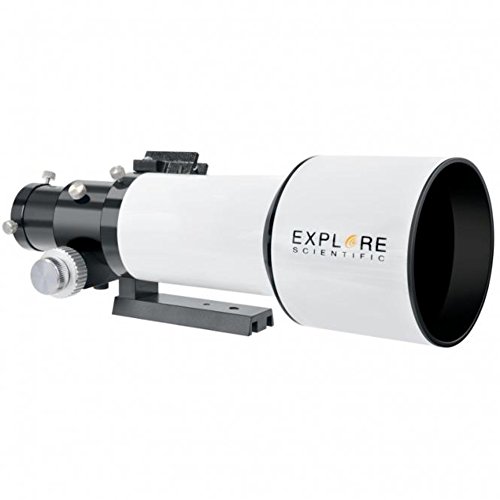
Due to these sensors being very sensitive to the red portion of the spectrum they only utilize 1 sensor for every 3 sensors in the blue and green. The chip of the color camera contains sensors that are designed to capture light in the green, blue and red. The most ideal imaging system is a monochrome camera or webcam.ĭSLRs, mirrorless cameras and color webcams have significant drawbacks when it comes to imaging monochromatic light. The Solar Telescope transmits only this small portion of the spectrum. This narrow wavelength is found in the red area of the visible spectrum. H-alpha is a very narrow emission line centered at 656.28 nm.
BEST TELESCOPE FOR ASTROPHOTOGRAPHY AND DIRECT VIEWING FULL
Our products are ideally suited for imaging due to the ability get full disk images, rapid Doppler tuning, and the ease of CCD adaptation to our systems. Lunt standard products have also been used in the past by NASA for the transit of Venus and Mercury, and by National Geographic for the Easter Island Eclipse.Īll of these were very successful live streaming events.

Lunt products were used by NASA to image the 2017 USA Eclipse from Carbondale, IL. Alternatively, you may need an adapter or to place your camera into the eyepiece cup for photography. If your camera happens to use T-Threading, you will be able to screw in directly. This will also stay true for photographic use: depending on the style of camera utilized, you may be able to attach your camera directly to your Lunt Blocking Filter (as the eyepiece cup of the blocking filter can be unscrewed to expose traditional T- Threading). Adjust the position of the blocking filter within the focuser (exposing more or less of the diagonal’s nose tube), and work with your focuser’s position. If you find yourself not being able to achieve focus, you may need to adjust your blocking filter. When using the telescope in visual mode, with an eyepiece, the blocking filter itself and/or the focuser will be adjusted at a distance such that you are able to bring the Sun into focus in your eyepiece. The size and distance from the objective of this image plane is defined by the focal length of the system and the apparent size of the object (Sun). The solar telescope creates a cone of light, focused onto an “image plane” directed at the back end of the telescope. However, your Lunt Telescope configuration will be slightly different between the two applications.

Lunt Telescopes were designed for direct visual use (viewing with an eyepiece) and imaging (capturing images with a camera). Solar & Deep Space Universal Telescopes.


 0 kommentar(er)
0 kommentar(er)
